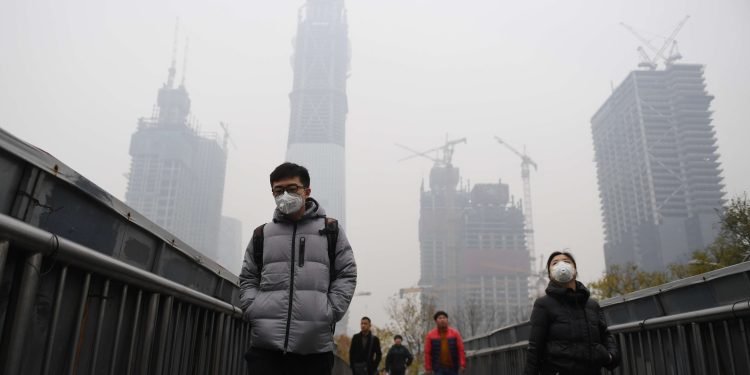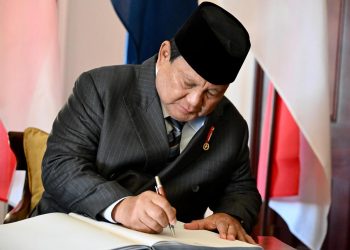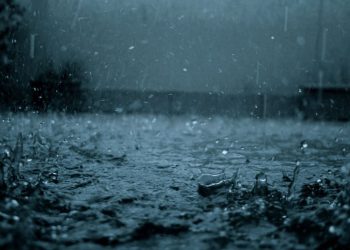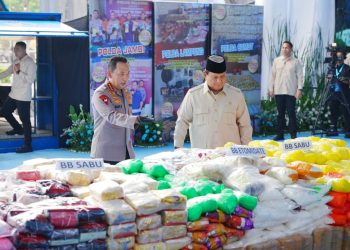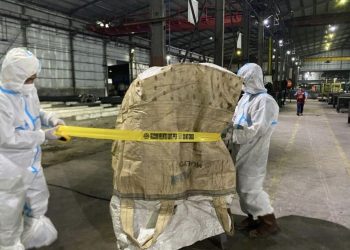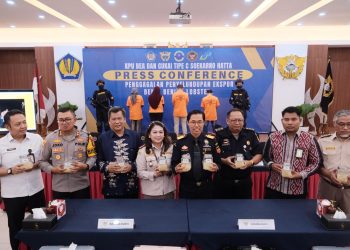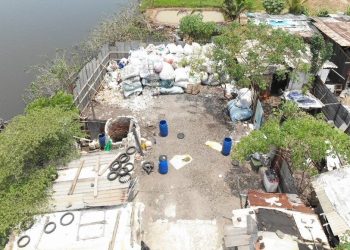Jakarta, Indonesia Sentinel — Thick smog of blanketed cities across South and Southeast Asia on Thursday, November 14, 2024, pushing air pollution levels to hazardous extremes in New Delhi, Lahore, Hanoi, and Bangkok, according to AP News.
Pollution in the region tends to worsen during the winter months, when colder temperatures trap smoke from agricultural fires used to clear crop residues. This smoke merges with pollution from vehicles and industries, which are major contributors to the region’s poor air quality. The extensive use of coal for power generation also plays a significant role.
Studies estimate that air pollution contributes to over a million deaths each year in India alone. In New Delhi, the air quality index (AQI) dropped into the “severe” category, with some areas showing pollution levels over 50 times higher than the World Health Organization’s (WHO) safety threshold, reported SAFAR, India’s air quality monitoring agency. Environmental experts warned that conditions could worsen before winds, expected next week, help to clear the smog.
In Lahore, Pakistan, the air quality has also been marked as hazardous by IQAir, a global air quality monitoring group. Meanwhile, in Hanoi, Vietnam, the AQI has reached “unhealthy” levels. Hanoi’s primary sources of pollution are transportation, industry, and construction, with nearly 7 million motorbikes and over 1 million cars, many of which fail to meet emission standards. Industrial facilities using fossil fuels and construction sites further add to the dense haze.
Bangkok is similarly affected. According to Bangkok’s Meteorological Department, a recent drop in air ventilation, coupled with atmospheric inversions, has intensified particle accumulation in the city. IQAir ranked Bangkok’s air quality as “unhealthy” for sensitive groups.
In New Delhi, local authorities have closed all elementary schools and halted non-essential construction to manage deteriorating air quality. The pollution is expected to remain in the “severe” category through Friday, November 15, before slightly improving. In an emergency statement, Chief Minister Atishi requested residents to avoid coal heating. All elementary schools are now switching to online classes until further notice.
Mount Lewotobi Eruptions Leave 602 Tourists Stranded in Labuan Bajo
Starting Friday morning, additional countermeasures like dust-suppressing water sprays and street sweeping will be implemented. Over the past week, air quality has plummeted across Northern India, obscuring sights like the Taj Mahal and the Golden Temple, a significant Sikh holy site.
Thick smog in New Delhi has also disrupted travel. On Thursday afternoon, about 88 percent of departing flights and 54 percent of arrivals faced delays. On Wednesday, November 13, PM2.5 pollutant levels exceeded 50 times the daily limit recommended by WHO. Hospitals reported a rise in respiratory issues, especially among children, as cases of asthma and allergies spiked.
India’s Supreme Court has declared clean air a fundamental human right, urging local and national governments to act swiftly to address the health crisis.
(Becky)


